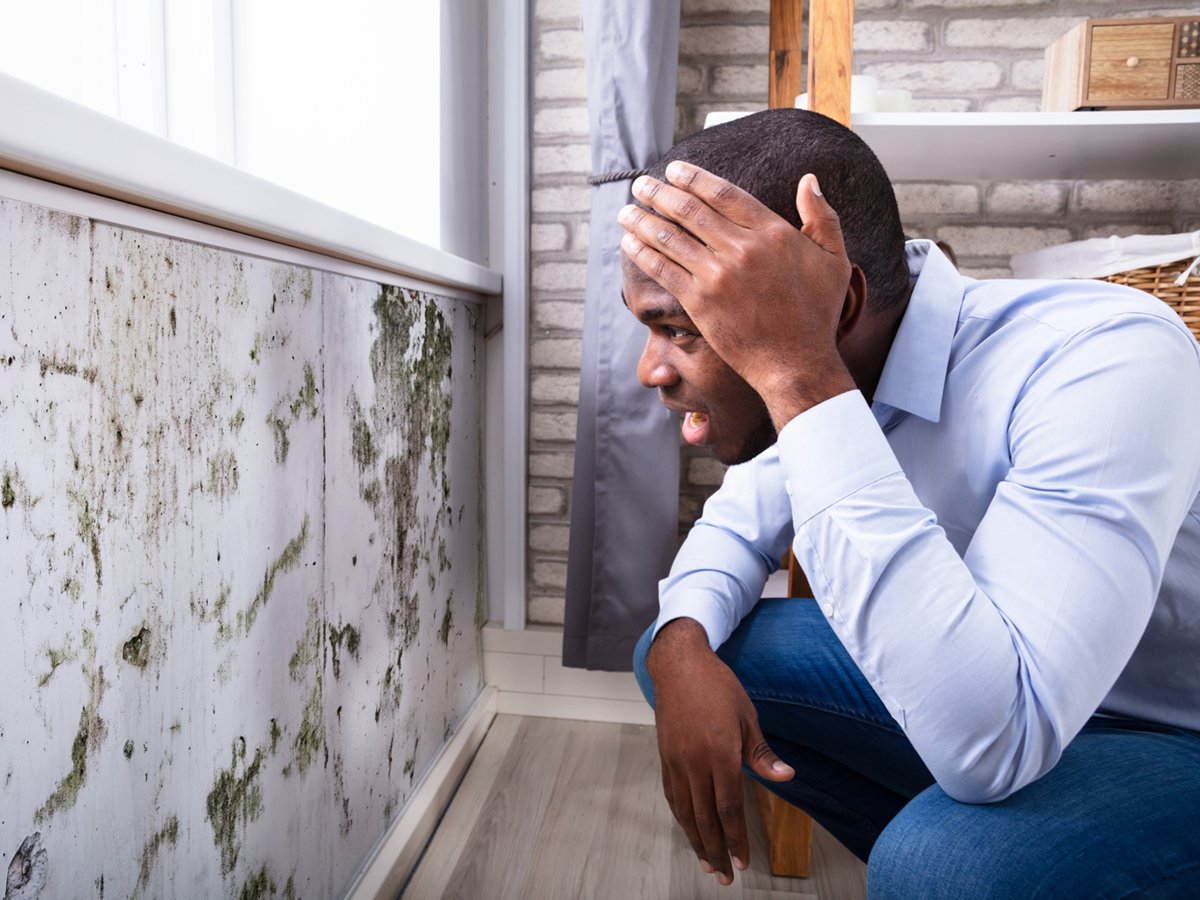Battling Mold and Mildew in Your Home

Moisture leaks and humidity problems can lead to the growth of mold and mildew, which can cause a variety of health problems including allergies, asthma and other respiratory conditions. Moisture and humidity can also cause structural damage to your home, such as rot in building materials and the premature failure of paints and finishes — problems that can lead to costly repairs.
You can combat mold and mildew issues. The key is to identify the source and take steps to eliminate it as quickly as possible.
Fixing water leaks
Repair water leaks quickly to minimize the potential for mold growth or structural damage. If you have a damp attic or water stain on your ceiling, you may have a leaky roof. Hire a roofing contractor to locate the leak and repair it. Don't ignore that dripping noise coming from your sink, toilet or shower. Fix the leak yourself if you are comfortable doing it, or contact a plumber.
If moisture leaks have caused substantial mold growth or structural issues, you may need to consult with a mold-remediation specialist or a contractor experienced in repairing moisture-related damage.
Reducing indoor humidity
Indoor humidity levels of 30% to 50% are ideal, but normal daily activities — such as showering, cooking and drying clothes — can raise humidity levels, providing a source of mold and mildew. Here's how to keep humidity under control:
- Caulk and seal air leaks around windows and doors, and in your attic.
- Use ventilation fans in your kitchen and bathrooms to control moisture.
- Regularly clean the ventilation hose on your clothes dryer and make sure it is securely fastened.
- Make sure all kitchen, bathroom and dryer fans are vented directly outdoors.
Your air conditioning system is key to controlling humidity levels during summer. Have your system cleaned and inspected once a year by a qualified professional.
Heading off basement issues
When it comes to moisture and humidity, your basement can be a problem area. Give these tips a dry run:
- Operate a dehumidifier in your laundry room and other damp parts of your basement.
- If you see water stains or condensation on walls, fill in cracks and apply a water sealant.
- Check outside gutters for leaks and make sure your foundation is properly graded.
- If you have a crawlspace, install a radiant barrier to control moisture.
Contact a basement contractor if you have significant problems with moisture or standing water.
Want More Tips & Other Helpful Resources?
Sign up for our monthly e-newsletter for more money-saving ways to manage your energy use!



